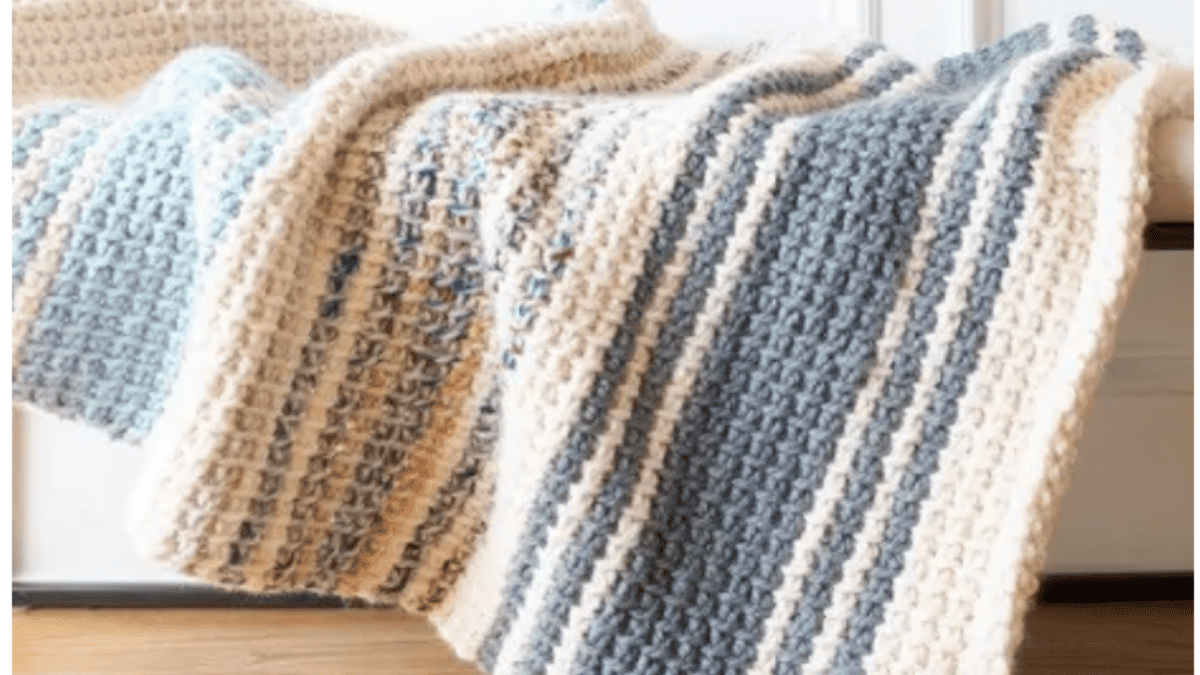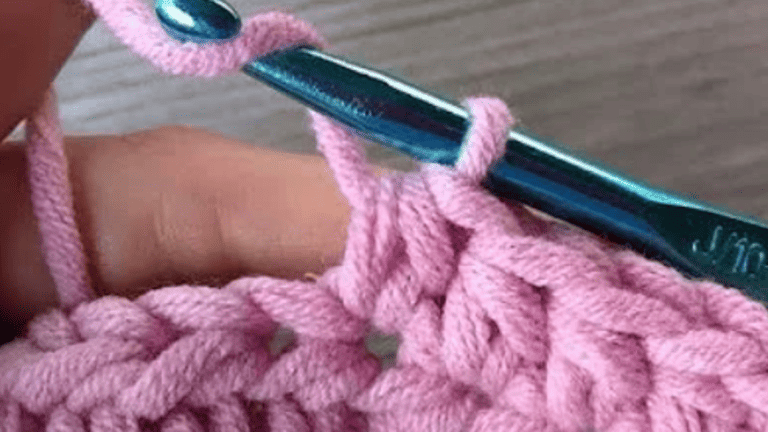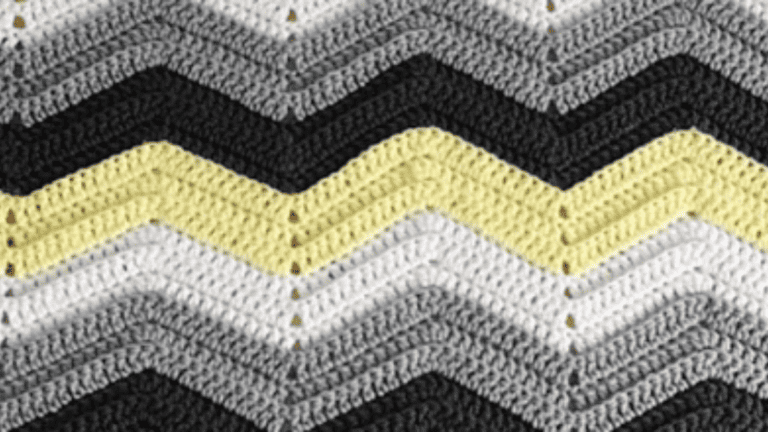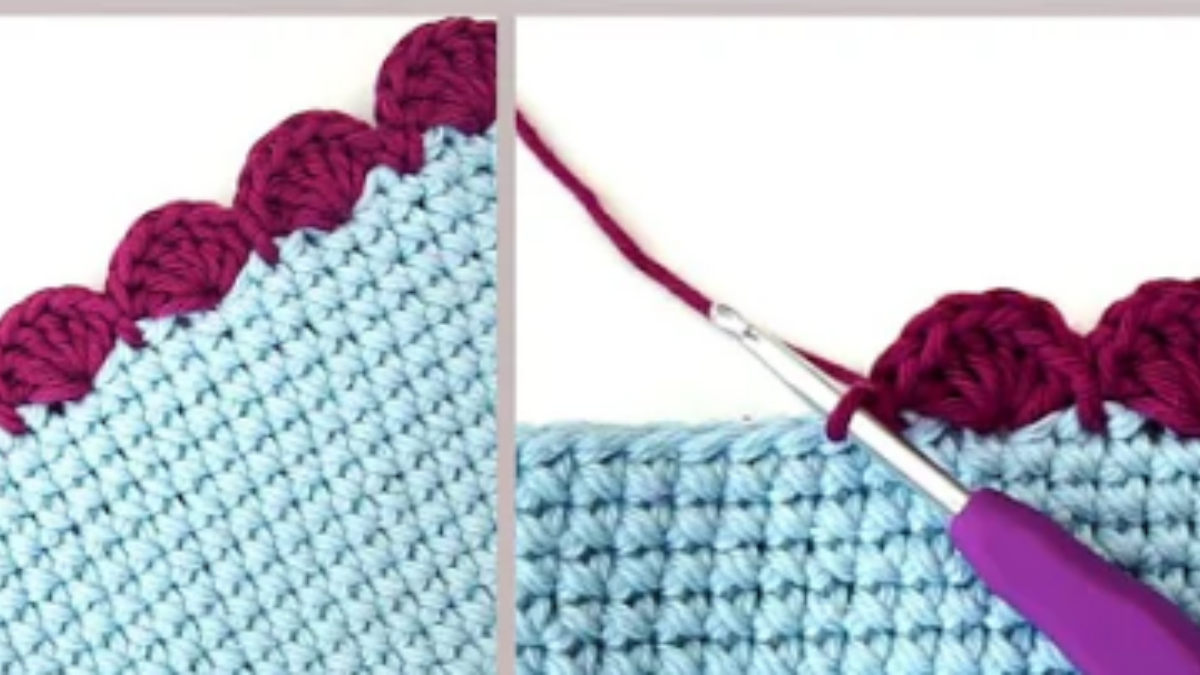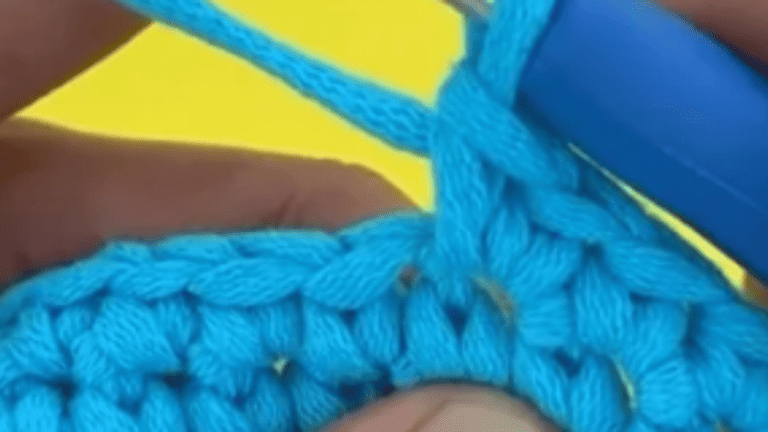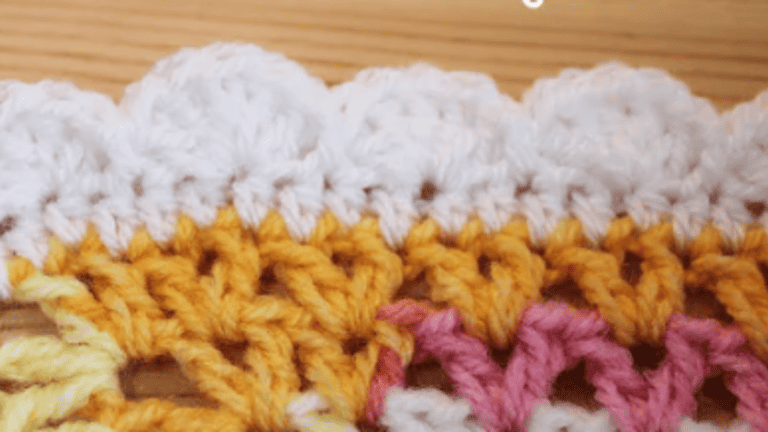8 Easy Sizes for Crochet Blankets: Free Chart
Crocheting a blanket can be a comforting project, whether you’re looking to create a cozy lapghan for chilly evenings or a larger afghan that can cover a bed. The process begins by choosing the right sizes for crochet blankets.
Baby blanket sizes, for instance, are typically smaller for swaddling, while a twin-size blanket is designed to fit comfortably on a single bed.
Understanding the dimensions of crochet blankets is crucial to fulfilling the blanket’s purpose. A throw might be perfect for snuggling on the couch, but would be too small for a queen-size bed.
Standard sizes are a good starting point; however, the flexibility of crochet means you can customize these sizes to suit your needs.
It’s important to take into account the drape, the thickness of your yarn, and your crochet stitch pattern, as these factors will affect the final dimensions of your blanket.
Your choice will also impact the amount of yarn you’ll need and the time it will take to complete your project. Plan your blanket size in advance to ensure that you have enough materials and time to finish your work.
Whether you’re making a gift, sprucing up your home decor, or simply enjoying the craft, a well-sized crochet blanket will always be appreciated.
Sizes For Crochet Blankets
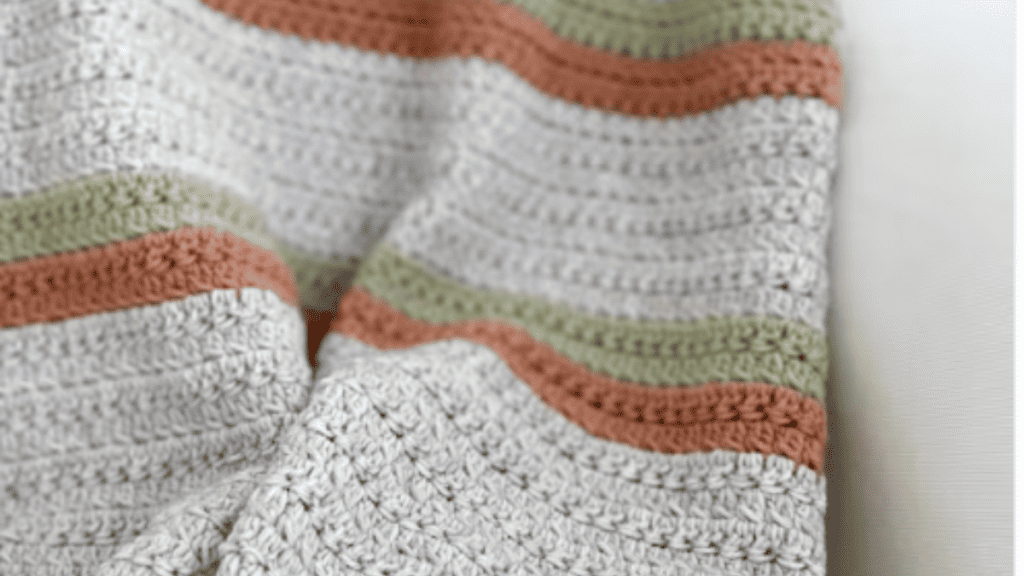
Crochet blankets come in various sizes to fit different beds and purposes. Choosing the right size is crucial for your project’s success, so let’s break down the common sizes and dimensions you’ll encounter.
Standard Blanket Sizes
When crocheting blankets, it’s handy to know the typical dimensions. For instance, a crib blanket usually measures around 30″ x 36″, which is just the right size for snuggling a baby without too much excess fabric. On the other hand, throw blankets are typically larger, about 50″ x 65″, making them perfect for draping over your lap on a chilly evening.
Afghan blankets vary in size; they can be as small as a throw or as large as a king-size bed blanket. Crochet baby blankets often measure about 25″ x 30″, fitting comfortably in a stroller. Security blankets, the smallest type, are around 14″ x 17″, perfect for a little one to carry around for comfort.
Blanket Size Chart and Measurements
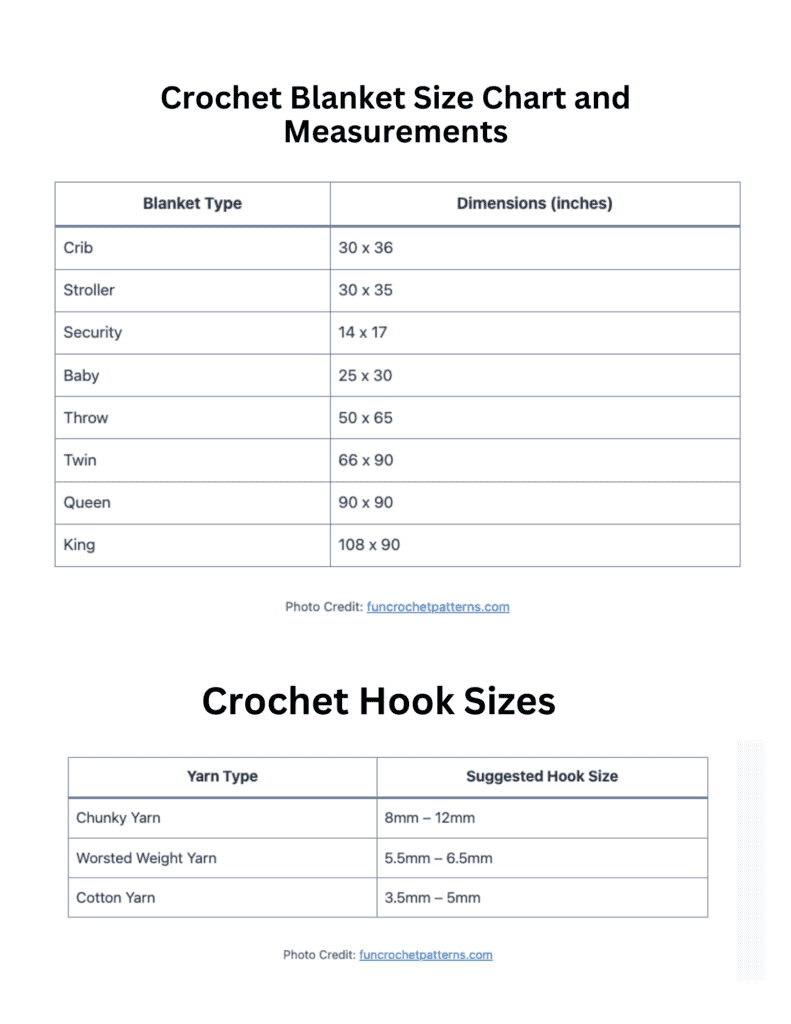
These measurements are just a guide; you can always alter the size to suit your needs or preferences. For a snugger or looser drape, adjust the dimensions accordingly.
Crochet Afghan Sizes
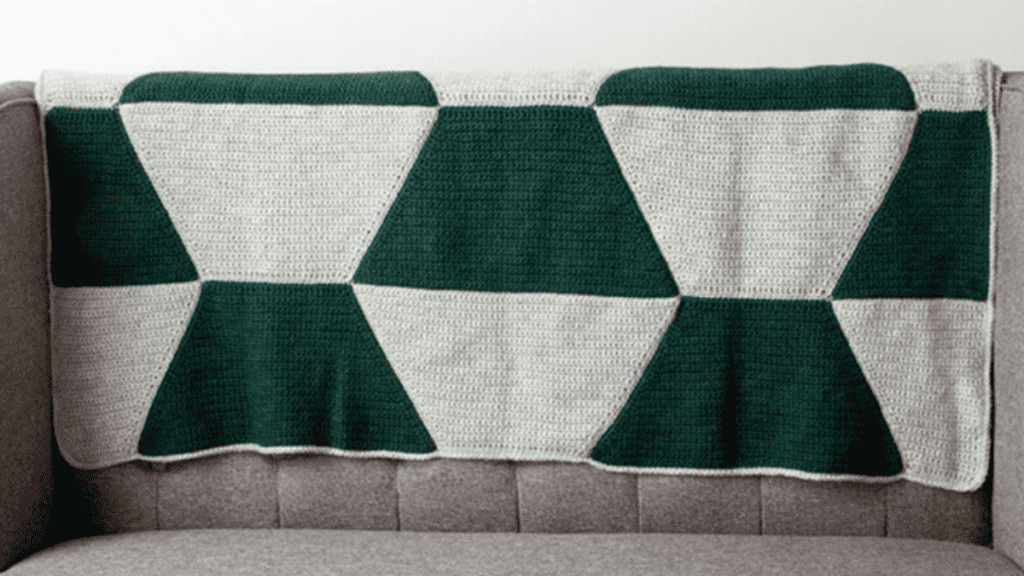
For bed blankets, the size of the mattress you’re covering determines the dimensions needed for a proper fit. Here’s a quick rundown:
- Twin size mattresses require blankets around 66″ x 90″.
- Queen size beds are perfectly matched by 90″ x 90″ blankets.
- King size beds need substantial blankets, typically 108″ x 90″, to cover the larger area.
When you’re planning a new crochet project, think about who the blanket is for and where it will be used.
If you’re making a bed blanket, grab your tape measure and jot down the exact size of the mattress. Remember, adding a few inches on each side for a nice overhang is always a good idea!
Yarn Weights
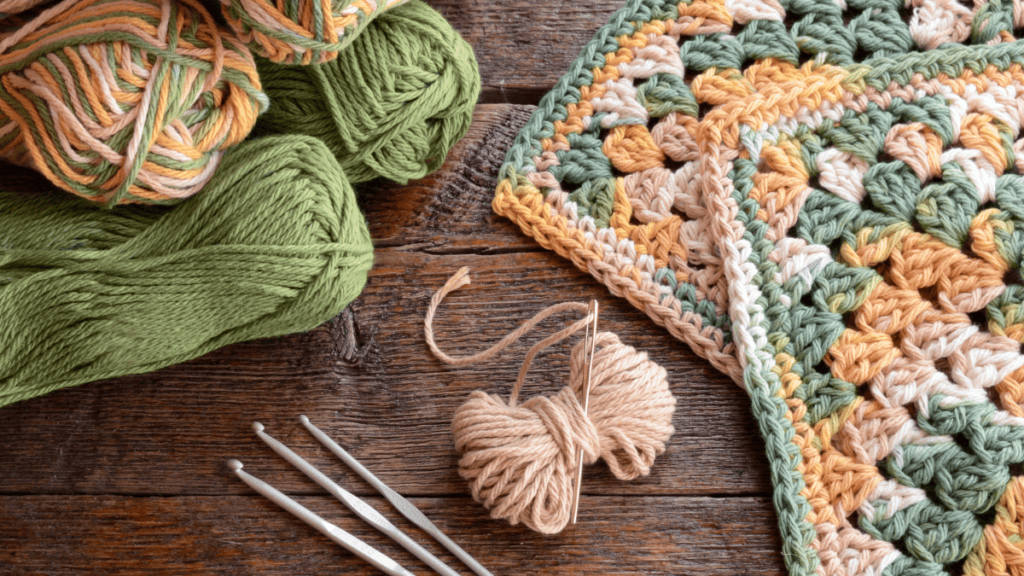
Yarn weight matters a lot because it influences the texture and warmth of your blanket. Chunky yarn, like Bernat Blanket Yarn, works up quickly and creates a cozy feel. It’s ideal for a heavier throw.
On the flip side, worsted weight yarn is versatile and widely used for various projects, offering a good balance between warmth and weight.
If you’re eyeing something more lightweight and breathable, cotton yarn is a perfect pick, especially for summer blankets.
While selecting, always check the yarn label; it provides vital details like weight classification and recommended hook size.
- Acrylic yarn is a common choice due to its durability and ease of care.
- Bernat Blanket Yarn: Super Bulky.
- Worsted Weight Yarn: Medium (A good all-purpose yarn).
Crochet Hook Sizes
Your hook size will greatly affect your blanket’s drape and size. Larger hooks paired with chunky yarn will give you a looser, drapier blanket, while smaller hooks create denser fabric, ideal for detailed patterns.
| Yarn Type | Suggested Hook Size |
|---|---|
| Chunky Yarn | 8mm – 12mm |
| Worsted Weight Yarn | 5.5mm – 6.5mm |
| Cotton Yarn | 3.5mm – 5mm |
The size of the hook is also provided on the yarn label, so you can match your yarn to the perfect hook.
Yarn Amount Estimation
Figuring out how much yarn you’ll need can be tricky. It depends on the blanket size, the stitch pattern, and the yarn weight.
A standard throw typically requires around 1,000 to 2,000 yards of yarn. Here’s a quick guide:
- Baby Blanket: 1,000 – 1,500 yards
- Throw Blanket: 1,500 – 2,000 yards
- Twin Size Blanket: 2,500 – 3,000 yards
Always buy a little extra yarn than your estimation to account for any miscalculations or adjustments.
Crochet Techniques and Patterns
When embarking on a crochet blanket project, your stitch choice and pattern are fundamental for achieving the desired outcome. Understanding stitch patterns and counts, the role of gauge swatches, and where to find inspiration will set you up for a beautiful handmade blanket.
Stitch Patterns and Counts
Stitch patterns dictate the texture and appearance of your crochet blanket. There’s a variety from simple to complex:
- Granny Squares: A classic, composed of clusters of three double crochet stitches.
- Double Crochet: Creates a taller, quicker-to-crochet fabric, ideal for warm blankets.
For each pattern, the stitch count—or number of stitches per row—is crucial:
| Stitch Pattern | Required Stitch Count (multiples of) |
|---|---|
| Granny Square | 3 |
| Double Crochet | 1 |
Adjusting your stitch count based on your chosen stitch pattern ensures that your blanket dimensions remain consistent.
Gauge Swatch Importance
A gauge swatch is a small sample square; it’s how you’ll measure your stitch gauge. Here’s what you need to do:
- Crochet a small square using the stitch pattern of your choice.
- Measure the square to check if your stitch and row counts per inch match the crochet pattern.
Why gauge matters:
- Correct Size: Gauge ensures your blanket isn’t too big or small.
- Yarn Usage: Knowing your gauge helps estimate how much yarn you’ll need.
Finishing and Customizing Your Blanket
Crocheting a blanket isn’t just about following a pattern; it’s about tailoring it to fit your space and style. Once the last stitch is made, it’s time to put those personal touches on your creation.
Determining the Right Size
When you’re choosing the right size for your blanket, think about its purpose. Will it be a snuggly crochet lovey for a little one, a throw for your couch, or a bedspread? Here’s a quick reference to common sizes:
- Lapghan: Approximately 36″ x 48″
- Throw: Roughly 50″ x 65″
- Twin: Usually 66″ x 90″
- Queen: Averages 90″ x 100″
- King: Tends to be about 108″ x 100″
These are starting points, but the size of your blanket can vary depending on where it’ll live in your home.
Personal Preferences and Adjustments
Your personal preference might guide you to craft a larger blanket, maybe one that allows for a generous pillow tuck or just extra coziness.
The width of the blanket can be easily adjusted; simply add or remove stitches from your starting chain to increase or decrease the blanket width. When it comes to the perfect size, consider:
- Square blanket size for symmetry
- Rectangular blankets for drape and coverage
- Making own blankets with added width or length for a luxurious feel
Remember, the right blanket size is one that matches your needs and tastes.
Decorative Edges and Home Decor Integration
Adding a decorative edge to your blanket can elevate its look. Try a scalloped border or a simple single crochet edge for a neat finish. Here’s how to match with your home decor:
- Bold, contrasting edge can make a statement
- Neutral, subtle edge keeps things cozy and versatile
It’s a great thing to integrate your blanket with your living space. Keep in mind the color scheme and style of your room. Whether draped over a sofa or folded at the foot of a bed, your finished blanket will reflect your crochet love and complement your home’s aesthetic.
Crochet Blanket Patterns
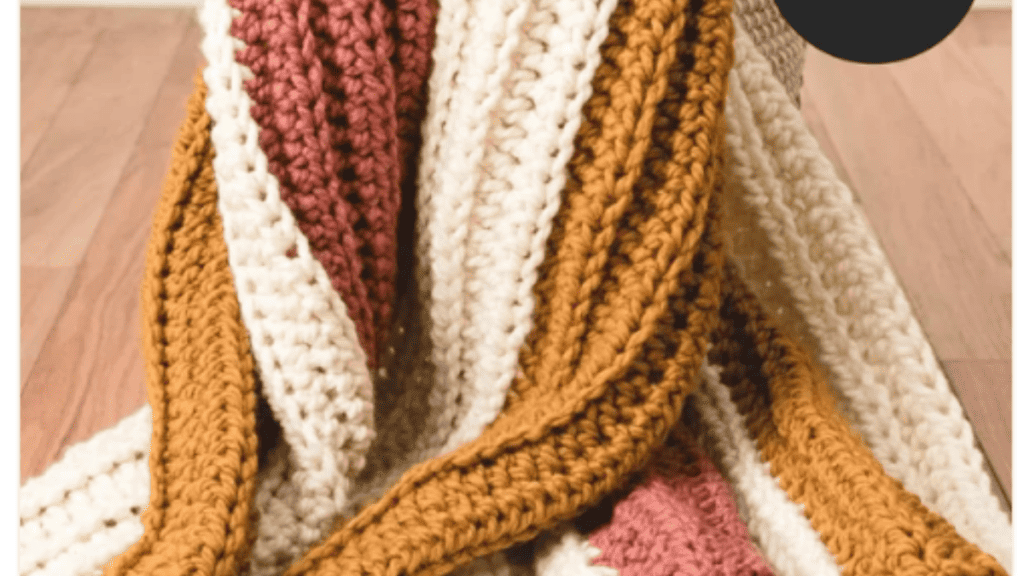
See all Crochet Blanket Patterns
